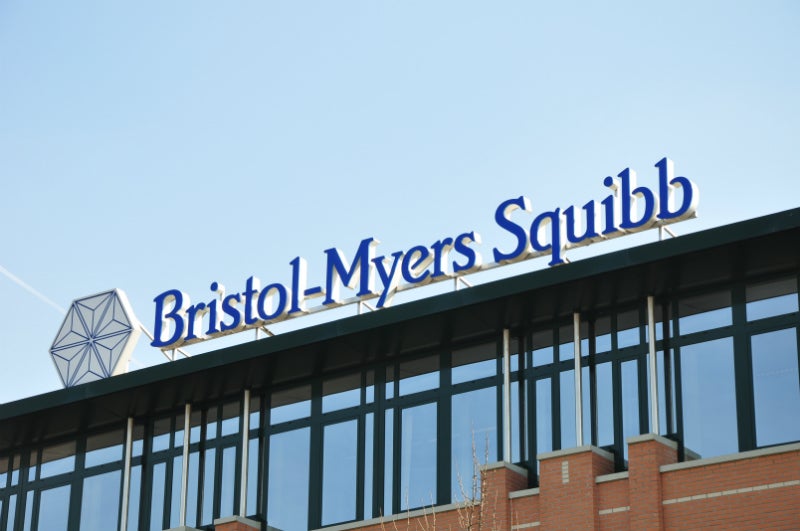With Bristol-Myers Squibb’s (BMS’) acquisition of Celgene, the combined company has instantly become one of the leading oncology franchises. Out of nine marketed products, four—Opdivo, Yervoy, Revlimid, and Pomalyst—are oncology drugs.
The company also has a robust potential for growth, as BMS projects that Celgene’s late-stage pipeline will generate approximately $15bn per year, and four of the drugs, each acquired from other companies through acquisitions or partnering, are being tested in haematological disorders or blood cancers. Celgene’s total revenue from marketed drugs in 2018 was reported to be $13bn, and after each of these late-stage pipeline drugs (including two in immunology indications) gain approval by 2021, this revenue will nearly double, making the acquisition a wise investment for BMS in the short term.
While both companies have strong R&D functions and other synergies, which will enhance the combined company’s ability to drive development and commercialisation, the acquisition will likely help correct certain weaknesses and counteract threats that each company has faced individually. GlobalData’s SWOT analysis of BMS pointed out the declining performance of its established brands as a weakness, which the acquisition of Celgene’s marketed and late-stage pipeline will certainly help bolster.
Celgene’s presence in the multiple myeloma segment and the market potential for drugs treating acute myeloid leukaemia are strengths that will serve to broaden BMS’ reach in oncology. Additionally, with BMS at the helm, Celgene’s weaknesses in the areas of pending litigation, substantial debt, and threats from generic competition will be buffered.
In the past, both companies have benefited from opportunities obtained through strategic acquisitions and partnerships, and also share the ability to productively focus their R&D activities. Although the two companies share a number of overlapping strengths that will inevitably provide synergies in expanding the combined company’s reach in oncology and other therapeutic areas, investors reacted negatively, concentrating primarily on each company’s weaknesses.
However, since the individual strengths possessed by each company target specific weaknesses in the other, success for this new enterprise may very likely be possible. While this type of company acquisition in the drug development space was unexpected, depending upon the performance of the combined company over the next year, additional deals of this type could become more common, signalling a new strategy in which stakeholders capitalise on the strengths of other companies in order to overcome barriers to financial success.

US Tariffs are shifting - will you react or anticipate?
Don’t let policy changes catch you off guard. Stay proactive with real-time data and expert analysis.
By GlobalData




